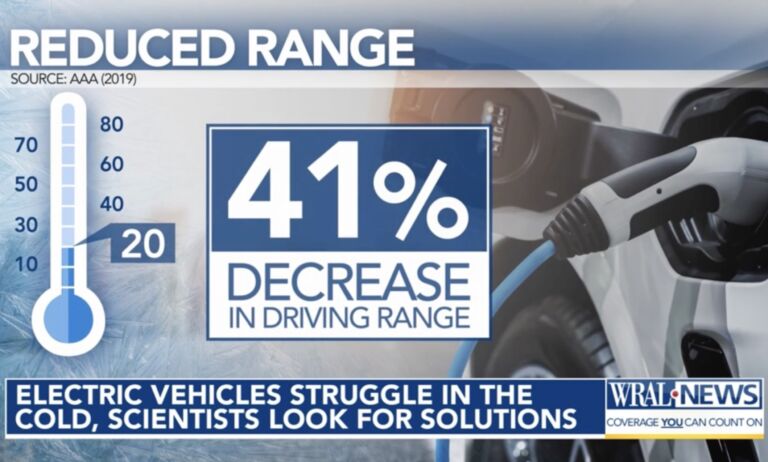Consider the following scenario. You aren’t feeling well, and you believe you may be coming down with a cold or the flu. You pick up your smartphone and request a video conference with your primary care physician. Your physician video calls you back, asks for your symptoms, asks for vitals you have taken on your own, and then determines that you may indeed have a cold. The doctor then phones in a prescription for an antibiotic with your pharmacist. You drive the pharmacist, pick up your prescription, and head home to rest. You avoid the doctor’s office, which limits contact with others, avoid wait times, and stay in your home to rest after a quick trip to the pharmacy.
Now consider this scenario. In western NC, an individual falls hiking and suffers a severe head injury. An ambulance arrives to pick up the injured hiker, but the closest emergency room is an hour away. Inside the ambulance, there is a video monitor that connects the paramedics to a trauma surgeon at the emergency room. The surgeon gives real-time directions to the paramedics to stabilize the patient. Because of the real-time communication between the surgeon and paramedics, the patient is in better condition when he arrives at the emergency room.
These are two examples of telehealth, a technology that has grown in popularity in recent years. These two scenarios may seem like a foreign concept to some, but in the future, these types of medical interactions will likely be common. Yet, barriers still exist that limit telehealth adoption more widely across the country. For these reasons, the John Locke Foundation and the Brookings Institution set out to write a research paper that documents the current regulatory landscape, lays out the existing barriers, and makes recommendations for the future of telehealth in medicine. Last week, my co-authors from Brookings and I released our new paper on telehealth regulatory barriers and hosted a web panel to discuss the findings in the paper.
The joint JLF/Brookings paper was a spinoff of a research report completed by former John Locke Foundation Director of Health Care Policy, Katherine Restrepo, on telemedicine parity laws. In the report, Restrepo makes the case against parity laws and warns of the unintended consequences. The goal of the new paper was the expand on the findings in the Restrepo report to a nationwide analysis of telehealth regulation. In this research update, I will detail some of the findings in the new report.
Findings
The goal of this paper was to explain how telehealth is regulated and assess barriers to telehealth adoption. Barriers to adoption are an important part of the discussion because we believe that if more telehealth were adopted, it will create new avenues of access to health care, improve health outcomes, and reduce health care spending.
First, we start by defining telehealth, telemedicine, and digital health as these are commonly used terms but can have different meanings. The authors agreed to use the following definitions:
- Telehealth: a broad term used to encompass all different types of technology and telecommunications use in health care; this includes a wide array of health care providers who may work outside of a clinical setting. Examples include health education or remote monitoring of vitals, or physicians virtually connecting with each other
- Telemedicine: a narrower term used to describe care that would normally be delivered in a clinical setting but now delivered via telecommunication
- Digital health: describes software applications and consumer-facing hardware
We then highlighted four barriers we believe are standing in the way of more telehealth adoption:
- Reimbursement: lack of uniformity in how patients or insurers reimburse providers for delivering care via telehealth
- Licensure: restrictions on which health care providers can treat patients
- Rural broadband: a lack of broadband infrastructure for which to facilities the delivery of telehealth
- Existing health disparities: among medically underserved communities, existing relationships and knowledge about the health care system can be limited
Next, we illustrated the incongruencies between the federal and state government regulation of telehealth as well as the inconsistencies among states regarding their telehealth regulations. In sum, the federal government regulates Medicare and employer-sponsored plans. A state regulates its health insurance markets, which can create 50 different marketplaces. Medicaid programs differ from state to state. With so much variability and regulation of telehealth practices, it can be difficult for providers and insurers to operate nationwide or within specific states.
My coauthors and I were almost ready to publish the study when the COVID-19 pandemic arrived in the United States. A combination of stay-at-home orders, recommendations from health professionals, and the rollback of restrictive telehealth regulations boosted the use of telehealth. We added sections to the paper that documented how telehealth usage and governance changed. In sum, many of the long-standing telehealth regulations concerning licensure, location of service, and accepted electronic devices were all waived to increase access. As I have written previously, if these laws were meant to increase access during the pandemic, are they really needed when there is not a pandemic?
Recommendations
Lastly, with an eye toward the future, the authors offer recommendations for all interested parties to consider moving forward. These recommendations were informed by our research and a stakeholder meeting of industry groups who work with telehealth. These groups included Doctor on Demand, the American Medical Association, and the Center for Connected Health Policy. The paper’s recommendations are as follows:
- Data on COVID-19 telehealth administration and programs must be collected and analyzed.
- Regulatory flexibility should be built into telehealth to accommodate the range of use cases.
- Telehealth services should be utilized for primary care to reduce service redundancies.
- States should be empowered to move away from parity models to reduce the cost of telehealth services.
- Telehealth services should be available to the medically underserved.
- Innovation, privacy, and data security in telehealth services should be the norm.
I encourage all readers to take a look at the full report and the panel discussion for more details on everything described above.
Telehealth is here to stay. Patients and providers increasingly want to know how to incorporate it into the delivery of health care to supplement what providers already do for patients. As we look forward to telehealth’s future, the regulatory framework will dictate telehealth’s usage and efficacy.


